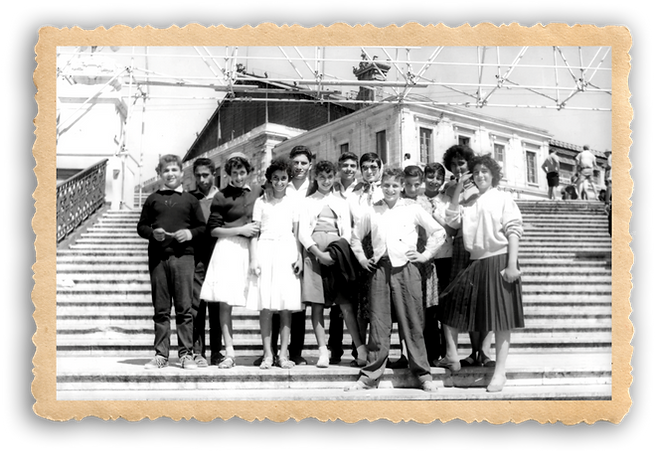Voices from the Maghreb
North African Jews During the Holocaust

On the eve of WWII, around 400,000 Jews lived in North Africa. Jewish communities had lived in North Africa since ancient times, dating back to the destruction of the Second Temple, and integrated into local society. They engaged in diverse professions and built ties with their Arab neighbors. This would all change during the war...
This activity seeks to illuminate their lives and legacies, offering a glimpse into a chapter of Jewish history too often overlooked.

During World War II, North African Jews faced anti-Jewish persecution under Vichy, Nazi, and Fascist rule. This section shares personal testimonies from Jews in the Maghreb, shedding light on their lived experiences during that period.


Israeli Society & North Africa
Yosef Dadush, a survivor of the Giado concentration camp in Libya and later secretary of the Organization of Libyan Jews in Israel, began advocating for compensation in the 1950s. He appealed to Nahum Goldmann, head of the World Zionist Organization at the time, who responded:
Don’t ride the coattails of the
Holocaust; You weren’t part of it.

First youth group from North Africa, before immigrating to Israel. Lyon, France, 1949
















.png)